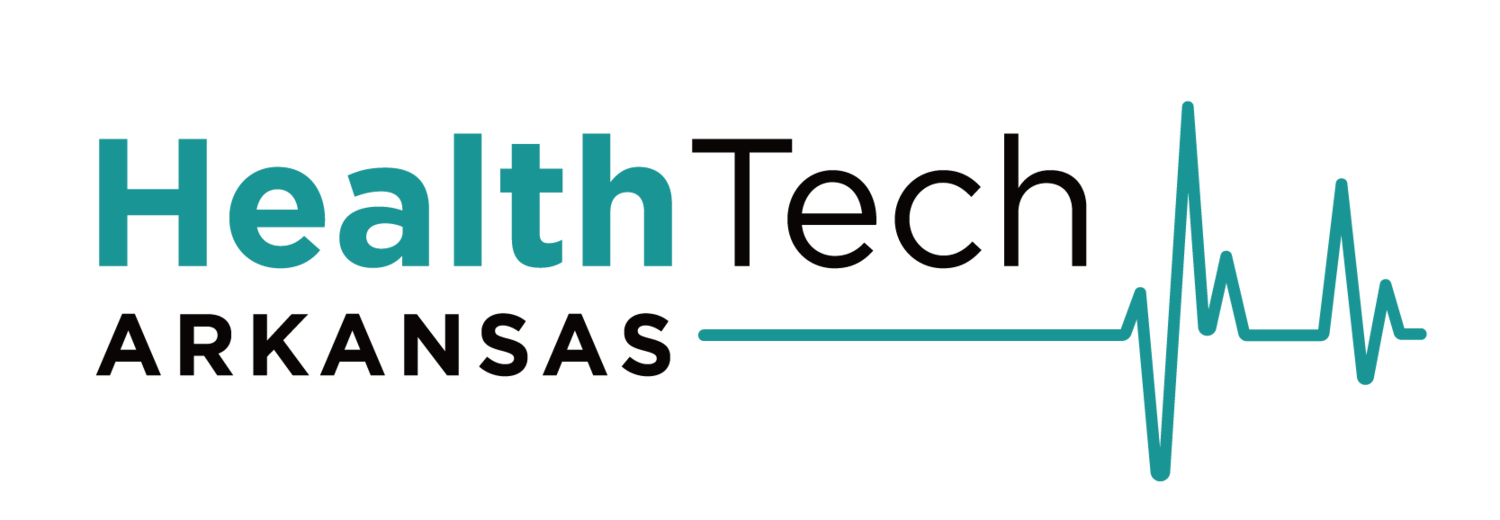Implementing an EMR-integrated Software Solution in the NICU
Arkansas Children’s Hospital (“ACH”) is a 336-bed, Magnet-recognized facility in Little Rock operating the state’s only Level IV neonatal intensive care unit (NICU) with 104 beds.
Astarte Medical was fortunate to partner with ACH to implement NICUtrition®, a clinical decision support tool to aid the NICU care team in understanding enteral feeding protocol effectiveness/adherence and in planning enteral feeds for preterm infants.
NICUtrition solves a huge pain point for clinicians in the NICU, however many hospitals are apprehensive about implementing a new and innovative, yet unproven, software solution – especially one that fully integrates with their EMR. In order to get real world insights, we are conducting interviews with the ACH team and documenting their implementation experience through a series of case studies designed to help inform and alleviate concerns, in particular concerns around the hospital IT resources that are required to implement NICUtrition.
Background
Today, infants survive as early as 22 weeks gestational age. As survival rates for extremely preterm infants improve, attention is now being focused on improving the quality of survival. Adequate nutrition early in life is essential in both the physical growth and neurological development of preterm infants. Unfortunately, nutritional inadequacies do not pose an immediate emergency and the urgency to correct deficits becomes a secondary action, leading to growth failure and poor cognitive development over time.
In spite of accumulating research and increased knowledge of preterm infant nutritional needs, a lack of resources, shared knowledge and time has inhibited the optimization of feeding practices and nutritional management in the NICU, and this remains a major challenge for clinicians. Implementing a standardized feeding strategy has been shown to improve growth outcomes and decrease co-morbidities, but most NICUs are still using paper-based feeding protocols and require dietitians to make manual calculations using pen, paper, and calculator. This manual process
has been the standard practice for decades. Not only does this manual process provide room for error, but it also creates more work for clinical care teams and is a drain on hospital resources.
NICUtrition directly interfaces with the hospital’s EMR, whether it’s Epic, Cerner, or other EMRs, and provides an intuitive presentation of feeding, nutrition, and growth-related data. The software digitizes a hospital’s own enteral feeding protocol to monitor compliance and provides real-time feedback with a focus on standardizing and optimizing feeding decisions by the NICU care team.
Step 1: Retrospective Data Extract
The first step in the implementation process for the IT team at ACH was a retrospective extract of NICU data. This was needed to establish a baseline of feeding and nutrition metrics for the NICU clinicians. The initial data analysis for ACH was based on three years of historical data on preterm infants under 34 weeks gestational age at birth extracted from Epic. During this three-year historical period, ACH changed protocols twice, therefore all three protocols were digitized and integrated into NICUtrition by the Astarte Medical team. The baseline will help validate the expected benefits of implementing the software such as evaluating protocol adherence, differences in protocols and correlated outcomes, the impact of central line days, parenteral nutrition days, and ventilation days, and understanding what drives length of stay.
The Role of the BID
The retrospective data extract was accomplished by utilizing a Business Intelligence Developer (BID) at ACH to map the required data elements and facilitate the data extract and transfer. These data elements included patient information, fluids, parenteral nutrition, growth monitoring, enteral nutrition, contraindications, care events, and neonatal morbidities. The technical difficulty in identifying the data fields was relatively minimal for the BID – it did not require complicated SQL or complex algorithms – the difficulty was finding where the data lives in Epic.
“I had an excellent experience working with the Astarte Medical team on the implementation of NICUtrition. The learnings from this project,on both sides,will carry over into future projects.”
Steve Chapman, Data Analytics Developer, Clinical BI Developer, Epic Installation Project
Arkansas Children’s Hospital
The BID worked closely with an ACH clinical analyst who was familiar with the hospital’s build of Epic and was also a subject matter expert. The clinical analyst served as the liaison between the BID and the NICU clinical team. The BID estimated only 80-100 hours of time was spent on the retrospective data extract. The nutrition
fluid management component of this project was new to the BID so there was a learning curve, however he mentioned these learnings will be utilized for future data requests. Through this process the BID and the Astarte Medical team were able to simultaneously confirm flowsheet rows for expected values as well as identify if custom flowsheet rows were used to store the desired data. Much of the information that Astarte Medical requested was in standard, well-documented locations.
Why Historical Data Is So Valuable
The ACH NICU clinicians viewed the 3-year retrospective data via the NICUtrition® dashboard with enteral feeding protocol overlay, including comparison of all three protocols and associated adherence and outcomes. This will eventually enable the clinical team to utilize benchmarking filters to do comparative studies and measure the success of new protocols and other quality improvement efforts. NICUtrition® allows them to leverage their EMR investment and conversate directly with the data by asking multi-faceted questions quickly and easily.
Next Up
The next step of implementation at Arkansas Children’s will be the prospective integration with Epic on newly admitted preterm infants for real-time, on-demand use of NICUtrition. From a technical perspective, the work performed with the BID to confirm data locations and formats also ensures that in this next step, prospective data will be presented as expected to the clinical team. Our next case study will dive into working with Epic, authentication, FHIR requirements, and lessons learned.
If you are interested in learning more about NICUtrition, please visit the website or contact sales@astartemedical.com for a demo.
